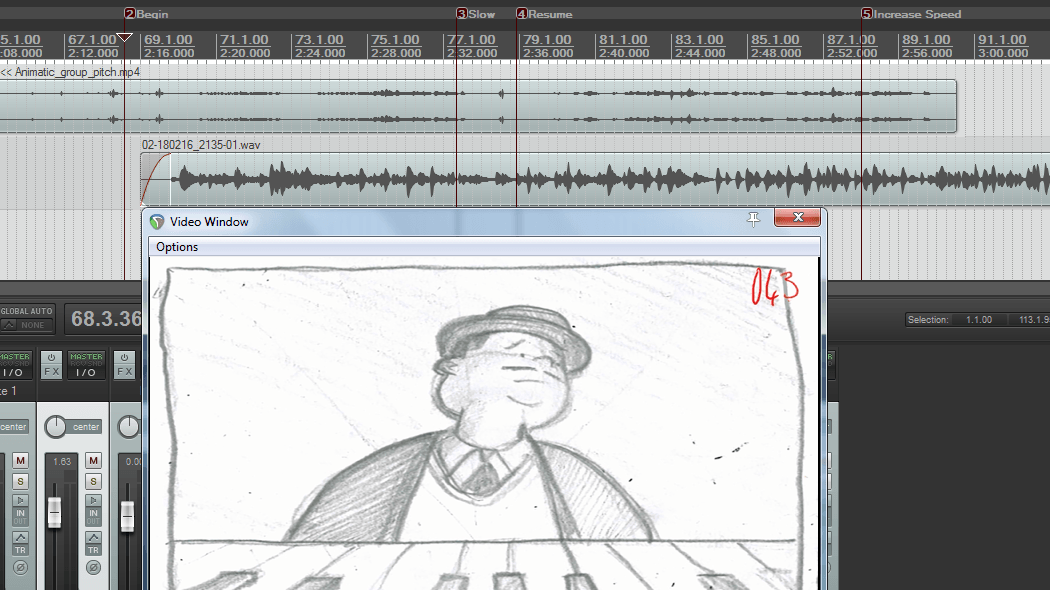LO2: Guns Are Noisy
The Ragtime Gals animation requires a few gunshot sound effects. I originally thought that guns would be easy to provide audio for as they’d only require a brief explosion sound. I soon realised that my expectations were far from the truth.
To closely observe how guns sound in existing media, I played around with some guns in the video game Grand Theft Auto V. I quickly noticed that the guns were incredibly noisy even when they’re not being shot. In the video below, I compare the sounds between some in-game guns, an air pistol and a broken cap gun.
I thought it was weird that the guns in the video game kept rattling – it was as if they had loose pieces inside of them. This idea of guns being noisy seems to be a trope within a variety of media.
“In real life, guns are carefully designed, well-constructed tools that – provided they are well maintained – can last a lifetime. Or somebody’s lifetime, anyway. On TV, they’re apparently filled with rusty nails and loose change, and held together with masking tape. As a result, whenever someone hefts a weapon – particularly if it’s a machine gun or submachine gun – it will make a whole load of clicking, clacking and clonking even though all they’re doing is rotating it through 90 degrees. This trope is likely the result of the fact that a noisy gun adds drama to the scene” (TV Tropes, 2018).
Any rattling heard coming from a gun, such as that heard coming from the cap gun, would indicate that it is broken. Apart from when they’re being fired, guns are usually quiet. The Ragtime Gals animation team originally requested for “realistic audio” but after confronting them with this information and telling them of how quiet guns realistically are, they have since decided that I should exaggerate the sounds within the few scenes in which a pistol is flicked around in someone’s hand.
References
Grand Theft Auto V (2013) [Primary observation] https://www.youtube.com/watch?v=fmRFbTRu4sw
TV Tropes (2018) http://tvtropes.org/pmwiki/pmwiki.php/Main/NoisyGuns

